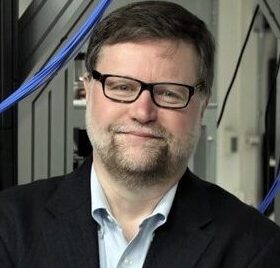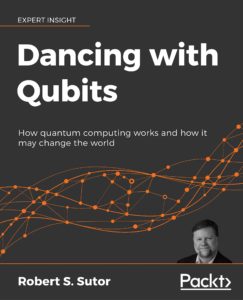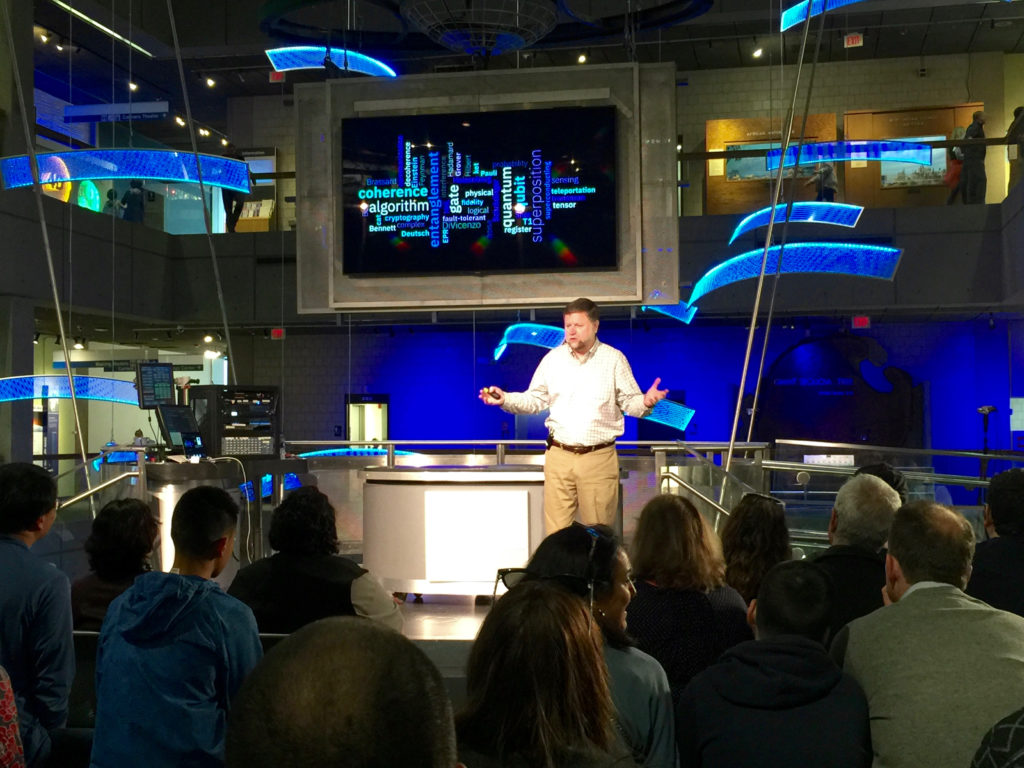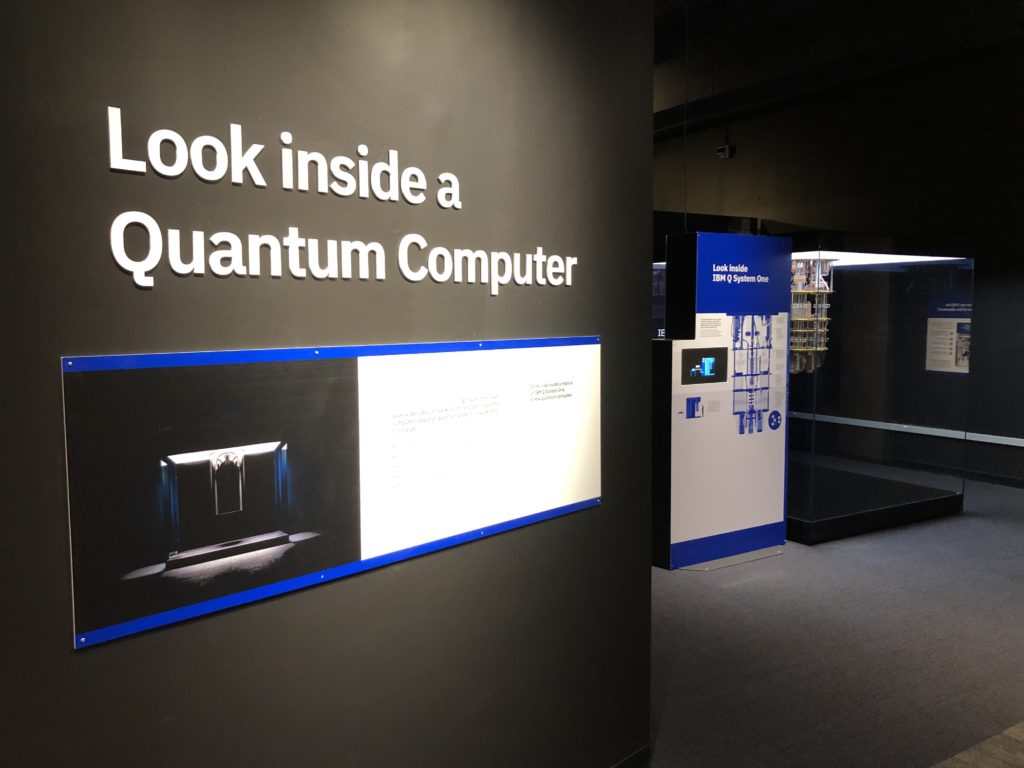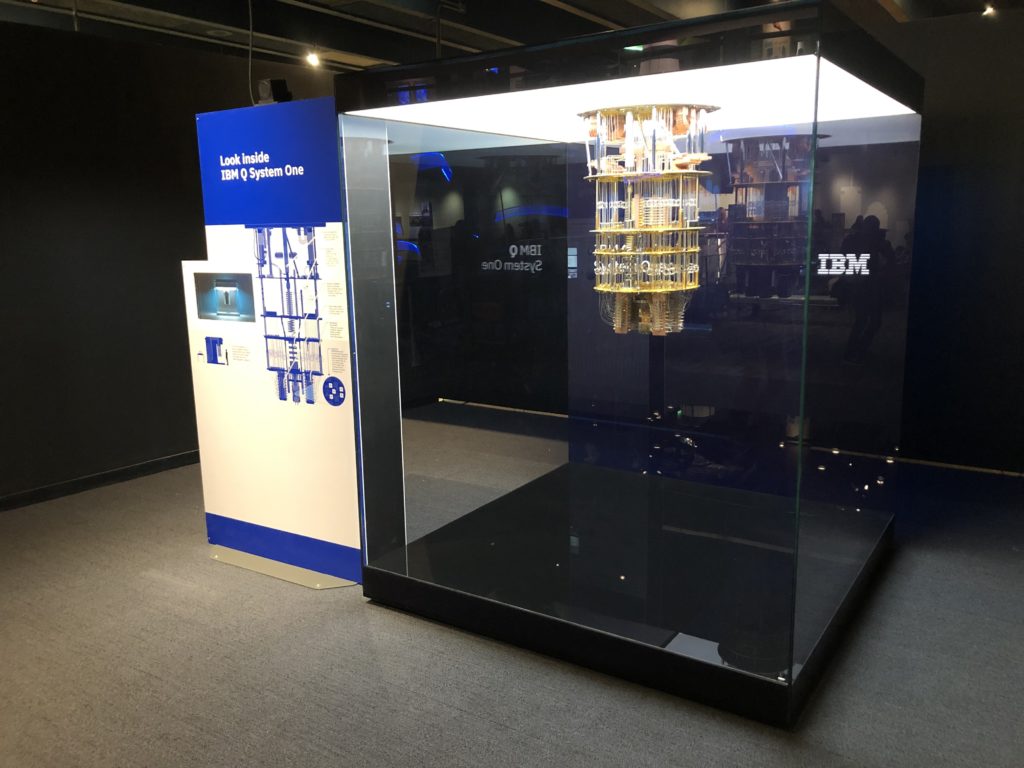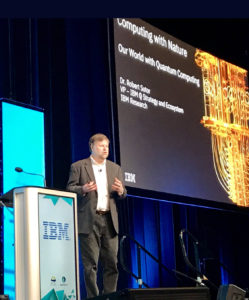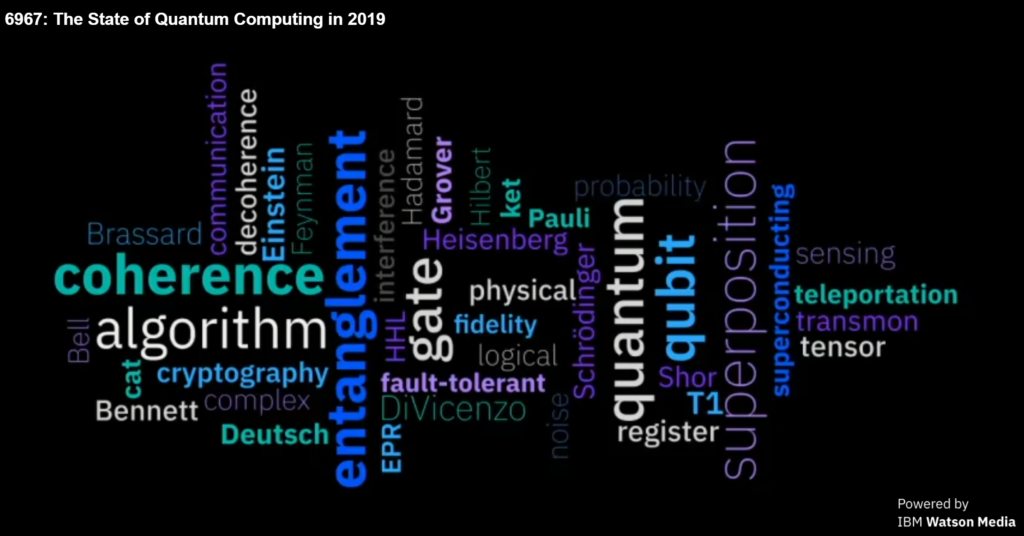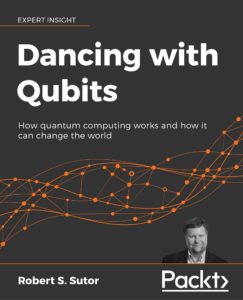 Before I discuss what and I how I wrote, let me talk about the markup of the book. By “markup” I mean the underlying format of the content that determines its structure such as the title page, table of contents, parts, chapters, sections, paragraphs, bibliography, and the index, along with font styles and sizes.
Before I discuss what and I how I wrote, let me talk about the markup of the book. By “markup” I mean the underlying format of the content that determines its structure such as the title page, table of contents, parts, chapters, sections, paragraphs, bibliography, and the index, along with font styles and sizes.
In my experience, most publishers, both traditional and online, prefer you to use Microsoft Word to create the book, and it has its own underlying markup language that you typically never see. In a more-or-less what-you-see-is-what-you-get way, you can write and style the book.The publishing workflow is often based on this choice.
My requirements for the book creation process included:
- beautiful math rendering, both in sentences and displayed multi-part formulas,
- built-in support for generating diagrams,
- easy methods to change formatting throughout the book quickly, and
- good support for working quickly on a large text.
Regarding the size of the book, in early 2019 I thought the book would come in around 300 pages and I would have a complete draft on September 1. I ended up writing a book with slightly more than 500 pages with the first full draft delivered on October 9. I had full drafts of various chapters before then, but that was the first time there were no sections with TODO markers.
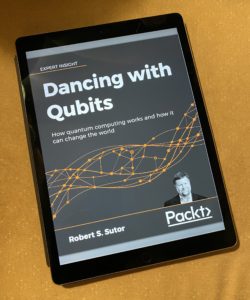 Word has come a long way on many of these requirements, especially the math, though it can be very laborious to create a book with hundreds or thousands of formulas. Here’s the real problem though: eBooks with math in them often look terrible if you put them in a reflowable format. That is, if you let, say, your Amazon Kindle change the fonts and the line widths, the math just doesn’t look right.
Word has come a long way on many of these requirements, especially the math, though it can be very laborious to create a book with hundreds or thousands of formulas. Here’s the real problem though: eBooks with math in them often look terrible if you put them in a reflowable format. That is, if you let, say, your Amazon Kindle change the fonts and the line widths, the math just doesn’t look right.
People argue about this forever, but there is an excellent chance that you will end up with fuzzy, misaligned expressions that are the wrong size compared to the surrounding text. So, I early on made the decision that the eBook would not be reflowable. Since that was the case, there was no reason for me to stick with Word. I decided to markup the book in LaTeX. Luckily, Andrew Waldron at Packt Publishing agreed. [Though see this later development regarding the eBook.]
With LaTeX, you have complete and arbitrary control over all parts of the formatting. There are thousands of packages that make your life easier by providing significant functionality that you would not want to write yourself.
LaTeX has
- the best math formatting facilities of any system,
- packages like pgf/tikz for creating diagrams,
- a full macro programming language for formatting control and calculations, and
- easy ways to break a document into sections so you can work on one part at a time.
If you get into macro programming, things can get complicated. I’ve been doing it for 30 years, so it doesn’t faze me. Here are two good books on LaTeX to get you started:
Previous: Last minute tweaks to my quantum computing book cover
Next: My five rules for making revisions from editorial comments
| In December, 2019, Packt Publishing published my book Dancing with Qubits: How quantum computing works and how it can change the world. Through a series of blog entries, I talk about the writing and publishing process, and then about the content. |
